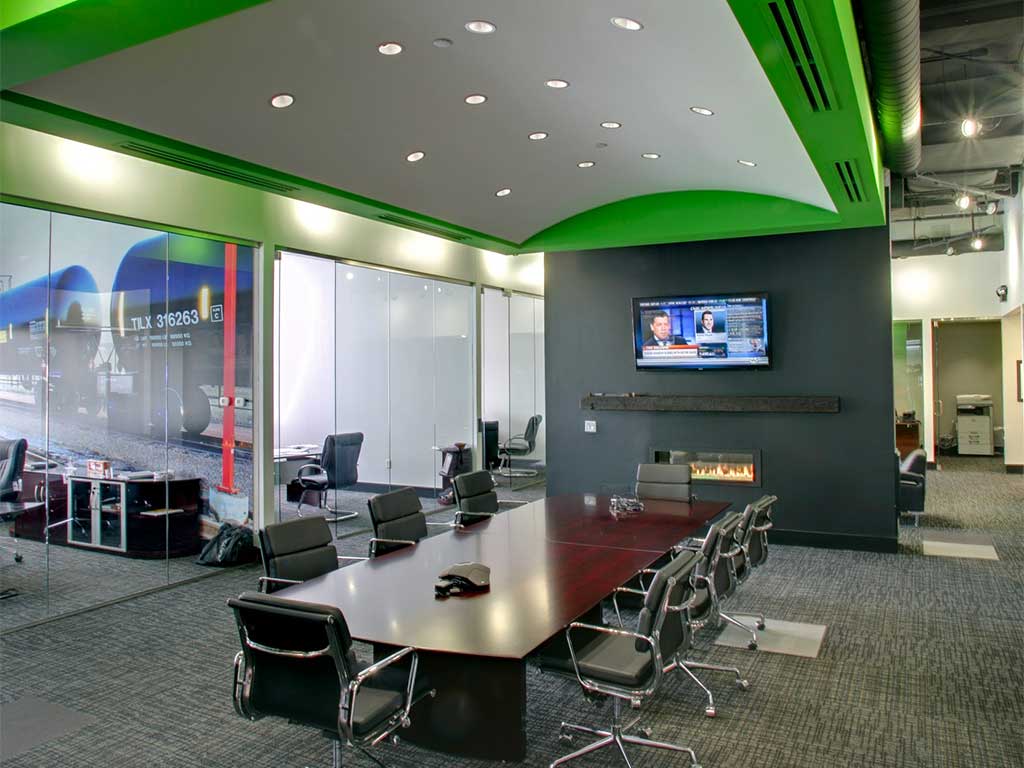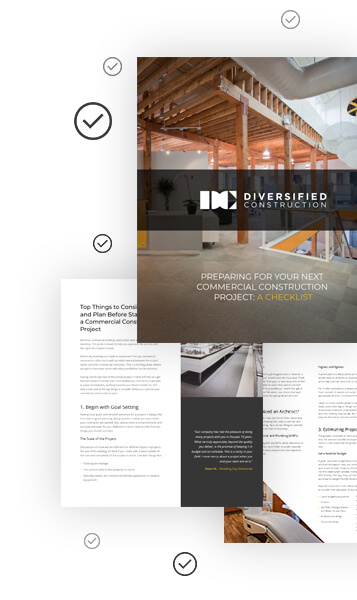Smart Building Benefits
In the era of rapid technological advancements, smart buildings are gaining immense popularity – and for good reason. These innovative structures are revolutionizing the way we live and work, offering a range of benefits that enhance comfort, efficiency, and sustainability.
So, what exactly is a smart building? In short, smart buildings are properties equipped with cutting-edge technologies to seamlessly integrate various systems and leverage data-driven insights to optimize facility operations.
In this article, we explore the advantages of smart buildings and how they are contributing to a more intelligent and sustainable world.
Energy Efficient and Sustainable Solutions
Smart buildings are at the forefront of efficient and sustainable facility management, utilizing advanced technologies to optimize energy consumption and reduce environmental impact. Listed below are two key points on how smart buildings contribute to an eco-friendly future:
Optimized Energy Consumption: By monitoring occupancy levels, environmental conditions, and other relevant factors, smart buildings can adjust their energy-consuming systems (like heating, cooling, and lighting) based on actual needs – resulting in improved energy efficiency and reduced waste.
Integration of Renewable Energy Sources: Smart buildings are often equipped with renewable energy systems such as solar panels or wind turbines. These systems generate clean energy, reducing reliance on traditional energy sources and further minimizing environmental impact.
Streamlined Operations and Cost Savings
The integration of advanced technologies in smart buildings (such as the Internet of Things (IoT), artificial intelligence (AI), and data analytics) simplify daily tasks and improve operations. Listed below are a few ways smart buildings are efficient and cost-effective:
Streamlined Facility Management: Advanced technologies allow for remote control of equipment and automated maintenance scheduling. By reducing the need for manual intervention and improving operational efficiency, smart buildings minimize downtime and optimize resource utilization.
Predictive Maintenance: Smart buildings utilize sensors and data analytics to monitor the performance of equipment and detect potential issues before major issues occur. Predictive maintenance techniques allow for timely repairs or replacements, preventing costly breakdowns and extend the lifespan of equipment
Reduced Energy Costs: By actively managing energy usage and implementing energy-efficient measures, smart buildings can lead to substantial cost savings. The ability to fine-tune energy consumption, identify energy waste, and take proactive measures to address inefficiencies results in lower utility bills and increased financial savings.

Improved Safety and Security
Smart buildings integrate state-of-the-art security systems to create a safe and secure environment. These systems work together to mitigate risks and ensure the well-being of occupants. Listed below are some advanced safety measures incorporated in smart buildings:
Real-Time Monitoring and Alerts: Smart buildings enable real-time monitoring of various parameters (such as fire detection, temperature, and occupancy levels). This allows for quick detection of potential hazards and immediate response to mitigate risks.
Access Control: Smart buildings implement sophisticated access control systems, such as keycards or biometric authentication, to regulate entry and restrict unauthorized access. These systems provide an additional layer of security, ensuring only authorized individuals can access designated areas.
Surveillance Systems: Closed-circuit television (CCTV) cameras and video surveillance systems are strategically placed throughout smart buildings to monitor and record activities. This not only deters potential threats but also provides valuable evidence in case of incidents or security breaches.
Enhanced Comfort and Productivity
By offering a customizable and personalized environment, smart buildings provide a superior experience for occupants. Listed below are some examples of how smart buildings improve comfort and productivity:
Improved Air Quality: Smart buildings utilize advanced heating, ventilation, and air conditioning (HVAC) systems that ensure optimal air quality and temperature control. These systems can monitor air quality parameters, adjust ventilation rates, and maintain a comfortable environment for occupants.
Integration of Smart Lighting and Shading Systems: Smart buildings incorporate intelligent lighting systems that automatically adjust lighting levels based on occupancy, natural light, and time of day. This not only improves energy efficiency but also enhances occupant comfort and productivity. Additionally, smart shading systems can be integrated to control natural light and reduce glare.
Conclusion - Benefits of a Smart Building
Smart buildings offer a wide range of benefits that contribute to a more sustainable and intelligent future. By integrating advanced technologies and systems, these buildings create a customizable and personalized environment for occupants while optimizing energy consumption and reducing operating costs.
Diversified Construction specializes in warehouse design, remodeling, and new construction, with over 60 years of business experience in the Twin Cities. Contact us today at 952-929-7233 if you’re looking to start a new project.

